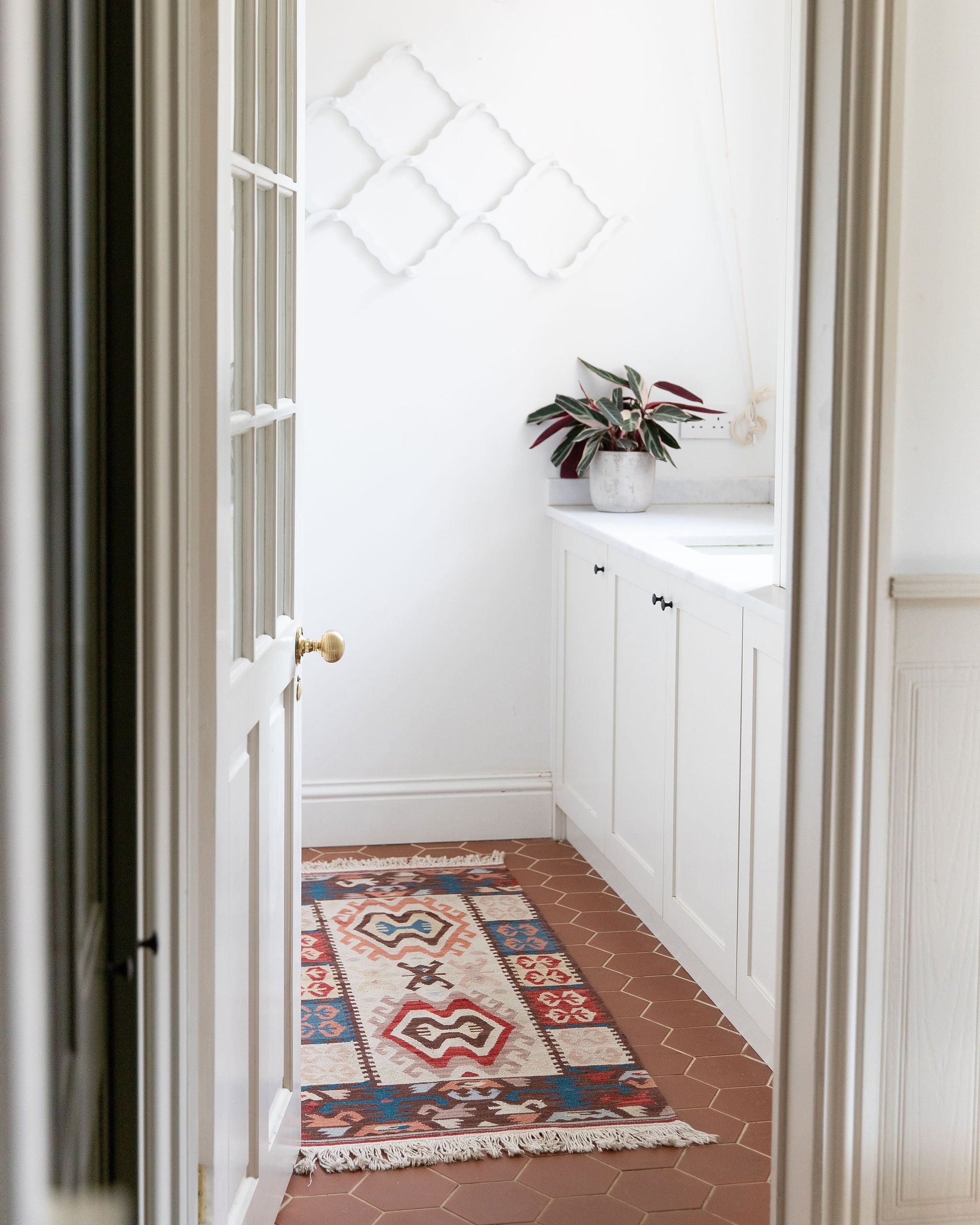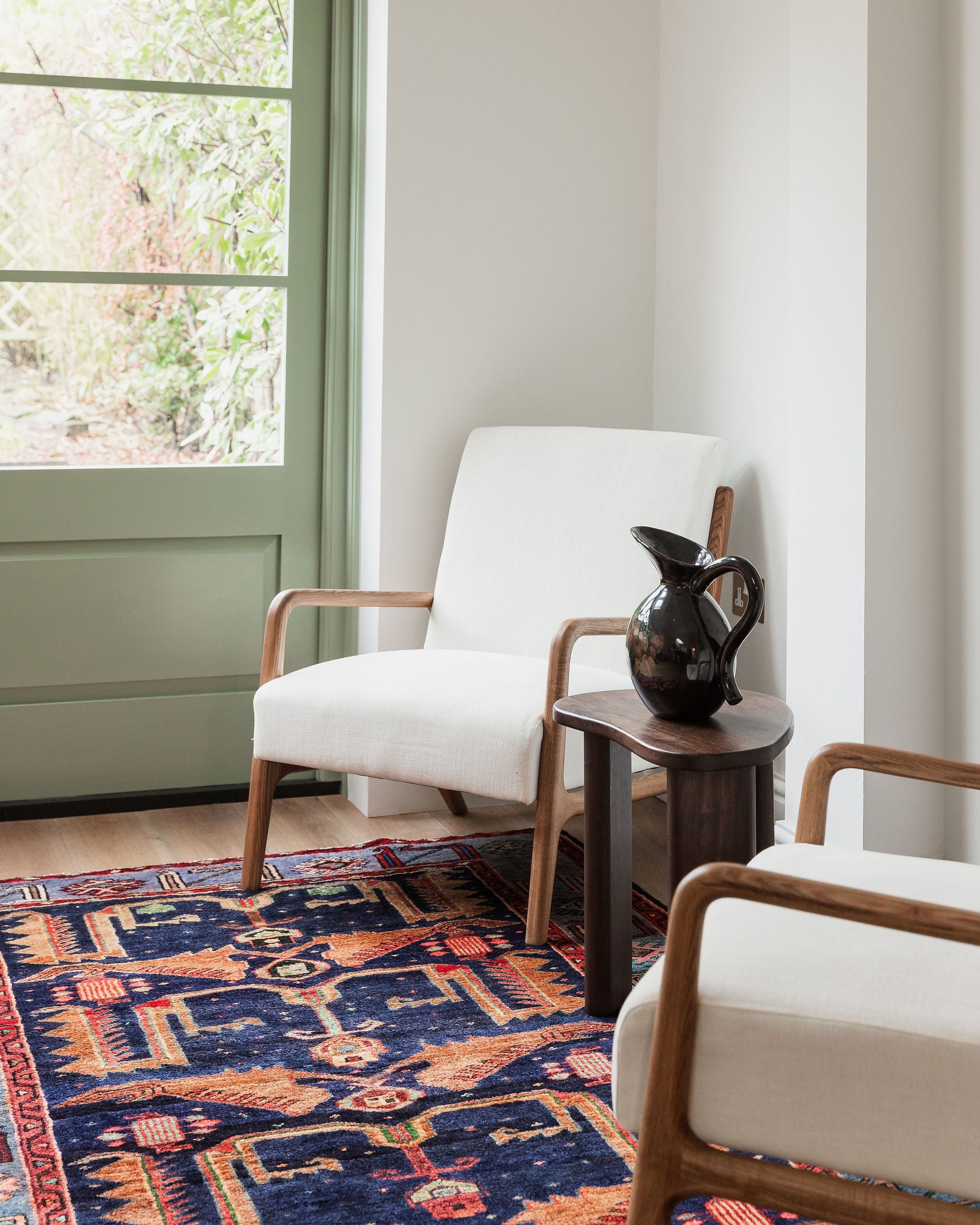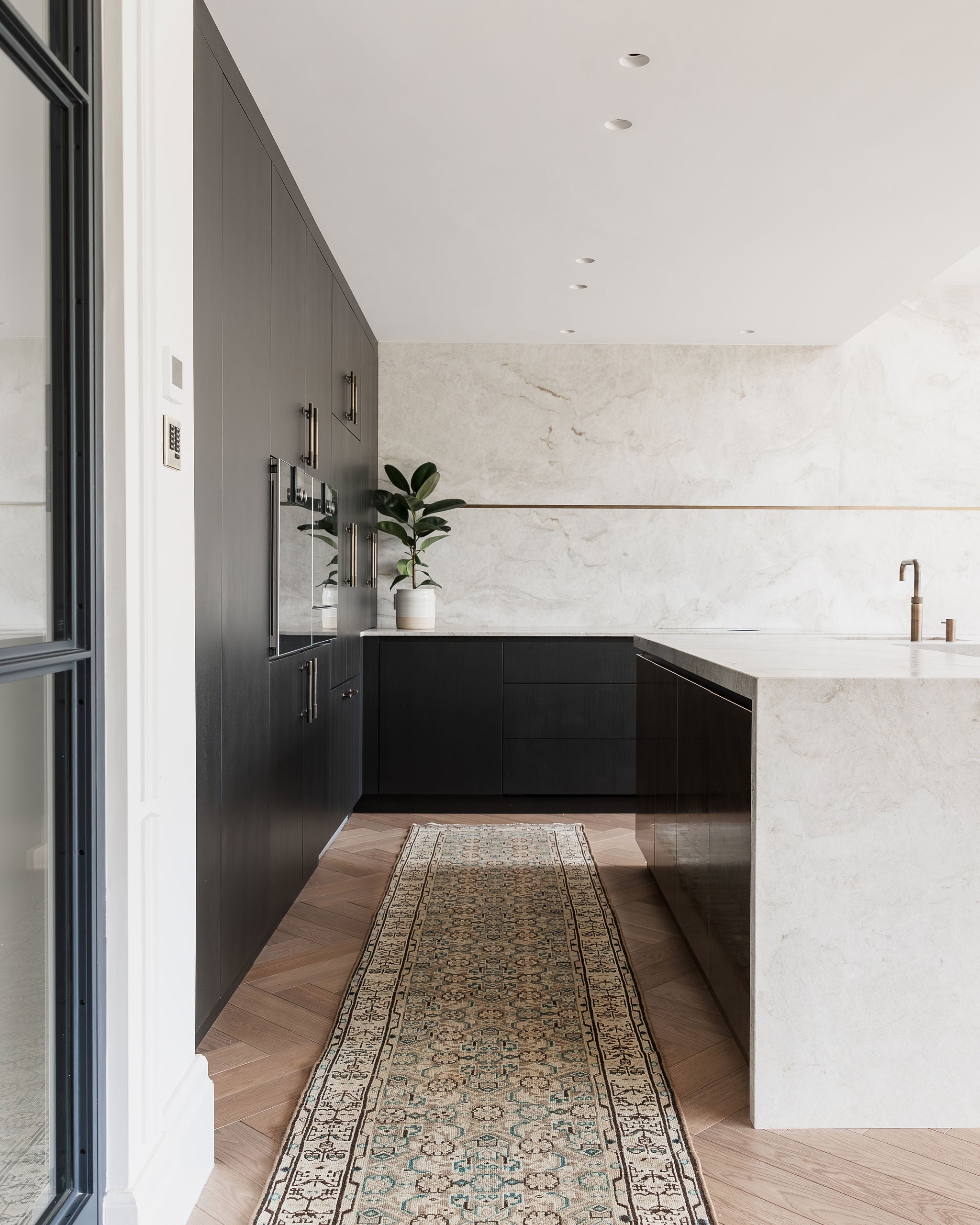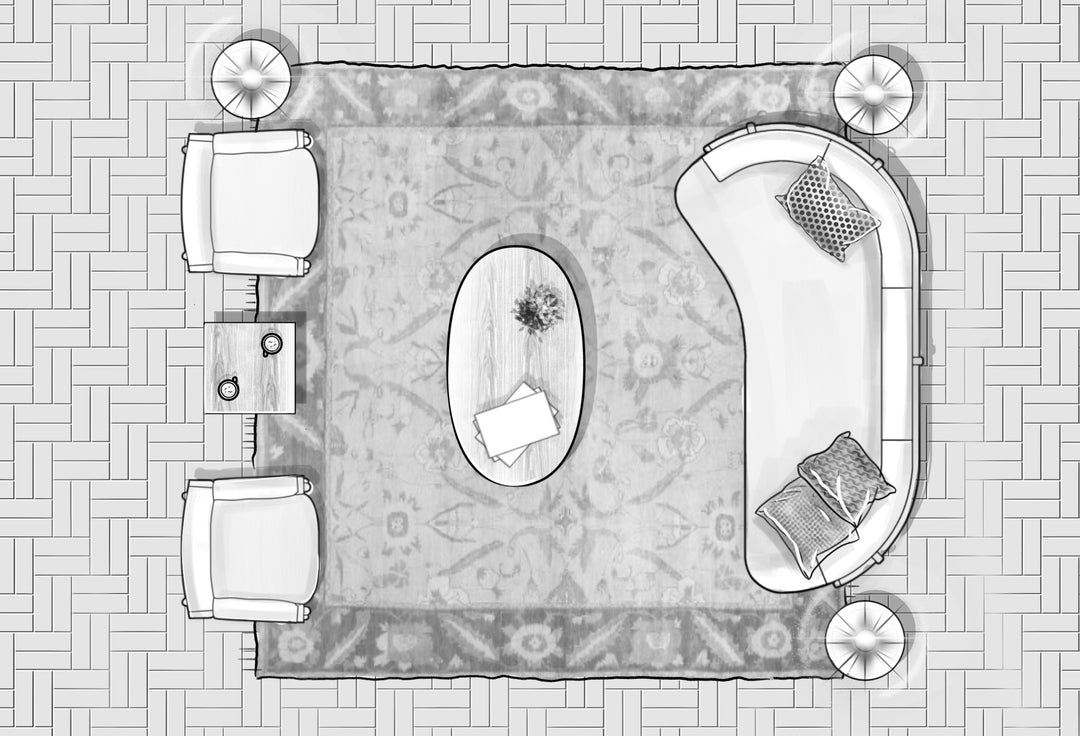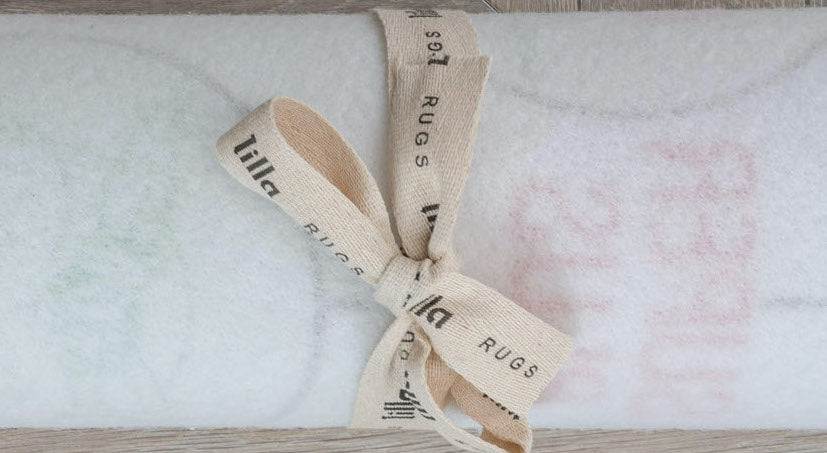Spotlight: Persian Mazlaqan (Mazlagan) Rugs
Among the myriad of Persian rug styles, Mazlaqan (also spelt Mazlagan) rugs stand out as a testament to the artistic heritage of the region. In this blog, we embark on a captivating journey through time to explore the history and evolution of Persian Mazlaqan rugs, uncovering the stories woven into their vibrant patterns.
Ancient Roots: The roots of Mazlaqan rugs can be traced back to ancient Persia, where the art of rug weaving was an integral part of the cultural fabric. The Mazlaqan region, nestled in the heart of Iran, became a cradle for this exceptional craft. Artisans honed their skills over generations, blending tradition with innovation to create rugs that would later become coveted treasures.
Distinctive Features: Mazlaqan rugs are renowned for their distinct features, setting them apart from other Persian rug styles. One of the defining characteristics is the use of a unique colour palette, often featuring warm earth tones like terracotta, ochre, and deep reds. The intricate patterns showcase a harmonious blend of geometric motifs, floral designs, and symbolic elements, reflecting the cultural influences of the region.

FEATURING: ZAR Persian Mazlaqan
Mazlaqan Weaving Techniques: The process of crafting Mazlaqan rugs is an art form in itself, with skilled weavers employing traditional techniques passed down through generations. The rugs are typically handwoven using high-quality wool or silk, ensuring durability and a luxurious texture. The knotting technique, known as the Persian knot or Senneh knot, contributes to the rug's tight weave and intricate detailing.

FEATURING (LEFT TO RIGHT): STEVE, WAITE, JOSIE.
Historical Significance: Throughout history, Mazlaqan rugs have adorned the palaces of Persian kings and the homes of nobility. Their presence in historical narratives and art is a testament to their cultural importance. As trade routes expanded, these rugs found their way into the homes of collectors and enthusiasts around the world, further solidifying their status as prized possessions.
Cultural Influences: Mazlaqan rugs are not just utilitarian items but also carriers of cultural stories and symbolism. The motifs often represent elements from Persian mythology, nature, and religious symbols, adding layers of meaning to the intricate designs. These rugs serve as a visual language, communicating the rich history and traditions of the Mazlaqan region.
Modern Revival: In the contemporary era, Mazlqgan rugs continue to capture the hearts of rug enthusiasts and interior designers alike. While preserving the essence of tradition, modern weavers often incorporate innovative elements, catering to diverse tastes and interior styles. The revival of interest in handmade crafts and traditional art forms has contributed to the sustained popularity of Mazlaqan rugs in the global market.
As we conclude our journey through the history of Persian Mazlagan rugs, it becomes evident that these masterpieces are more than just floor coverings. They are intricate storytellers, woven with the threads of history, culture, and craftsmanship. The legacy of Mazlaqan rugs endures, connecting the present to a rich tapestry of the past, and inviting us to appreciate the timeless beauty of this remarkable Persian art form.


